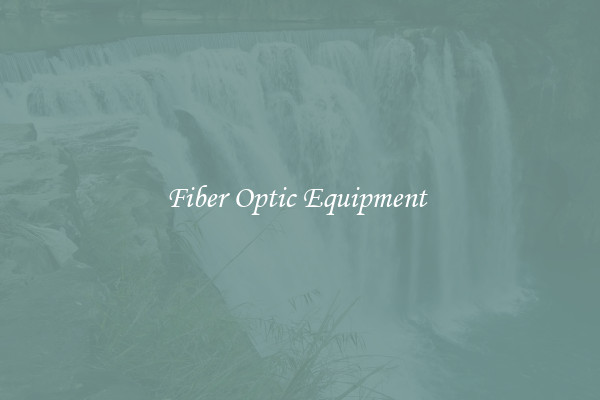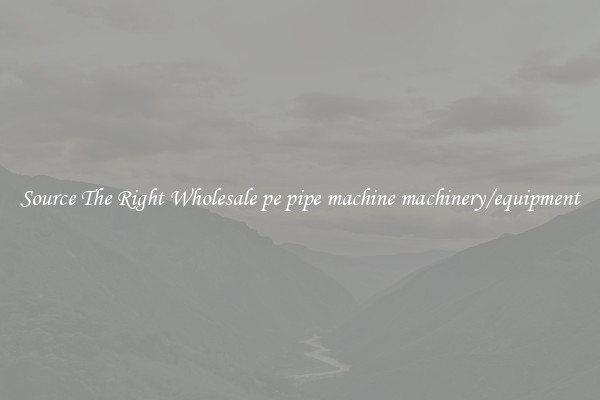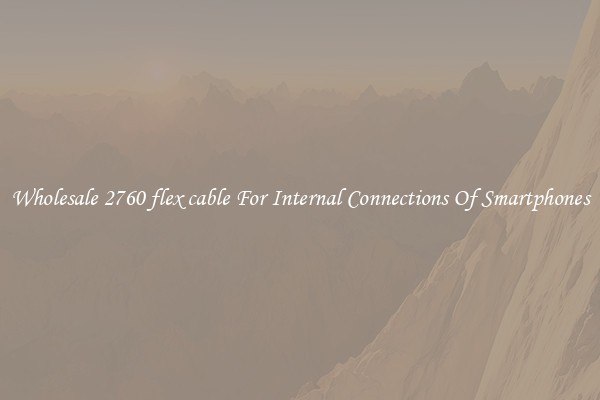Fiber Optic Equipment
Fiber Optic Equipment: Revolutionizing Communication Networks

In today's digital age, communication has become faster and more reliable thanks to fiber optic technology. Fiber optic equipment, such as cables and transceivers, play a crucial role in this revolution. These tools have significantly improved network connectivity and transmission speeds, making it possible for individuals and businesses to enjoy a seamless and uninterrupted internet experience.
Fiber optic cables, one of the main components of fiber optic equipment, have revolutionized data transmission. Unlike traditional copper cables, fiber optic cables use pulses of light to transmit information. This allows for data to be transmitted at unprecedented speeds and over much longer distances without any loss in signal quality. With fiber optic cables, users can enjoy lightning-fast internet speeds, quick file transfers, and an overall improved browsing experience.
Transceivers are another essential fiber optic equipment. These tiny devices are responsible for converting electrical signals into optical signals and vice versa. They act as the interface between the fiber optic cables and the transmitting or receiving devices. Transceivers come in various types, such as SFP, SFP+, QSFP, and XFP, to meet different network requirements. They provide flexibility and scalability for network operators, enabling them to upgrade and expand their networks easily.
Fiber optic equipment has also played a significant role in revolutionizing telecommunication networks. With the increasing demand for high-speed internet, traditional copper-based telephone networks were struggling to keep up. Fiber optic cables and equipment have solved this problem by providing faster and more reliable connections. Telecommunication companies have embraced fiber optic technology to deliver high-bandwidth services, such as broadband internet, digital television, and voice over IP (VoIP). These services are now accessible to a wider range of customers, even in remote areas.
The advantages of fiber optic equipment extend beyond faster internet speeds. Unlike copper cables, fiber optic cables are immune to electromagnetic interference, making them more secure and resistant to hacking. They are also less susceptible to damage caused by water or extreme weather conditions. Additionally, fiber optic cables are thinner and lighter than copper cables, making installation and maintenance more manageable.
As technology continues to advance, the demand for fiber optic equipment will only increase. Internet-of-Things (IoT) devices, autonomous vehicles, and cloud computing are just a few of the emerging technologies that rely on fiber optic networks for seamless data transmission. Industries such as healthcare, finance, and entertainment constantly seek faster and more reliable networks to support their operations. Fiber optic equipment will continue to play a vital role in meeting these demands.
In conclusion, fiber optic equipment has revolutionized communication networks by providing faster, more reliable, and secure connections. Fiber optic cables and transceivers have replaced traditional copper cables, enabling users to enjoy lightning-fast internet speeds and uninterrupted data transmission. Telecommunication networks have greatly benefitted from this technology, providing high-bandwidth services to a wider range of customers. Additionally, fiber optic equipment is lighter, thinner, and more resilient than its copper counterparts, making installation and maintenance easier. As technology advances, the demand for fiber optic equipment will continue to grow, facilitating the connectivity needs of the digital age.

View details

View details

View details

View details








